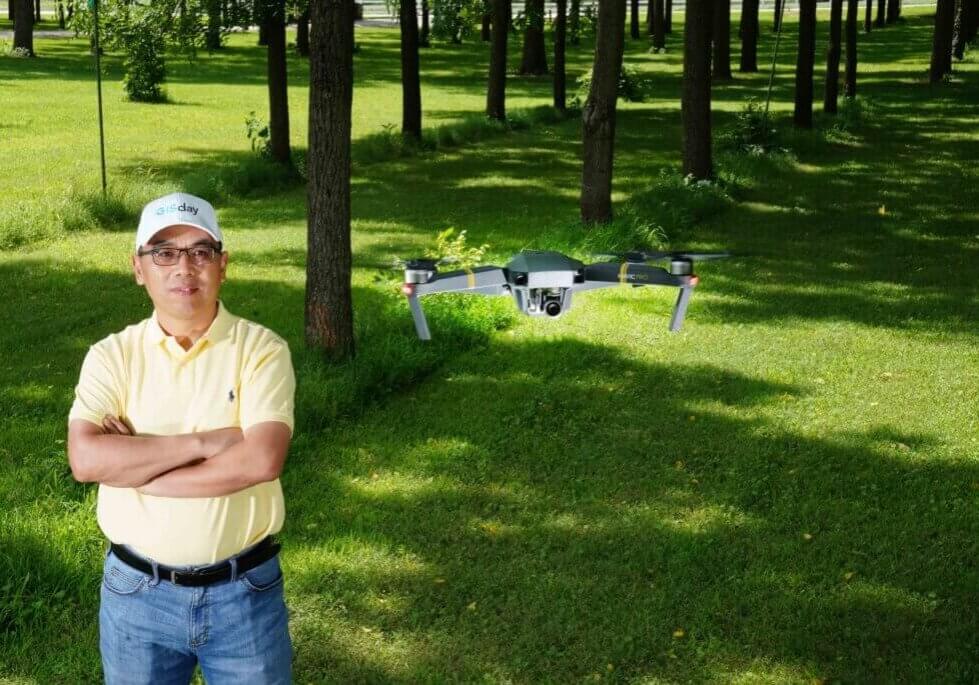When trade wars erupt, industry shifts, and the balance of supply and demand changes, it is not just economics that is impacted; it is also, equally, the environment.
This is the subject of a recent paper co-authored by Farzad Taheripour, research professor of agricultural economics.
In the article published by Nature Food Journal, Taheripour, Guolin Yao and Xin Zhang the U.S. trade war with China through that environmental lens.
Due to increasing tensions over trade, the tariffs on soybean and corn imports in China have skyrocketed over the past several years, causing China to find an alternate source for these crops. Next to the U.S., the largest producer of corn and soybean is Brazil.
“Of course, most coverage of this trade war talks about the impact on farmers, incomes, the GDP, things like that,” Taheripour said. “What is discussed less is that when the supply and demand shift so do the environmental impacts. The demand for irrigation, fertilizers, insecticides and how they are all utilized changes.”
In some cases, the environmental impact of such a shift can be a positive one. However, that has not been the story for Brazil, which sends roughly three quarters of its soybean crop to China. Brazil has less arable land than the United States and agricultural technologies are generally far less advanced.
“In this case, as Brazil produces more corn and soybean for China, you get more deforestation to make new fields and greater emissions, because farming is less efficient. You also, in many cases, need more irrigation, which, again, is not usually as efficient as irrigation used in the U.S.,” Taheripour added. “Also, for example, a hectare of deforestation in the U.S. has less of a global environmental impact than a corresponding amount in Brazil.”
Policy makers don’t always consider these long-term, compounding environmental effects when making decisions, which is why this type of research is important, Taheripour explained. Much of his work is driven by the desire to afford these players as much information as possible about potential trade policies.
Friday Photo: 05/13/2022
The assignment for Purdue Natural Resources and Environmental Sciences professor Laura Bowling’s last field trip of the semester, was to collect and count invertebrates in a section of Burnett’s Creek, just north of campus. Note the reaction of students (left to right) Avery Fess, Ireland Beebe and Eva Curtis when the inch-long cranefly larvae show a little more mobility than expected.
Read Full Story >>>

